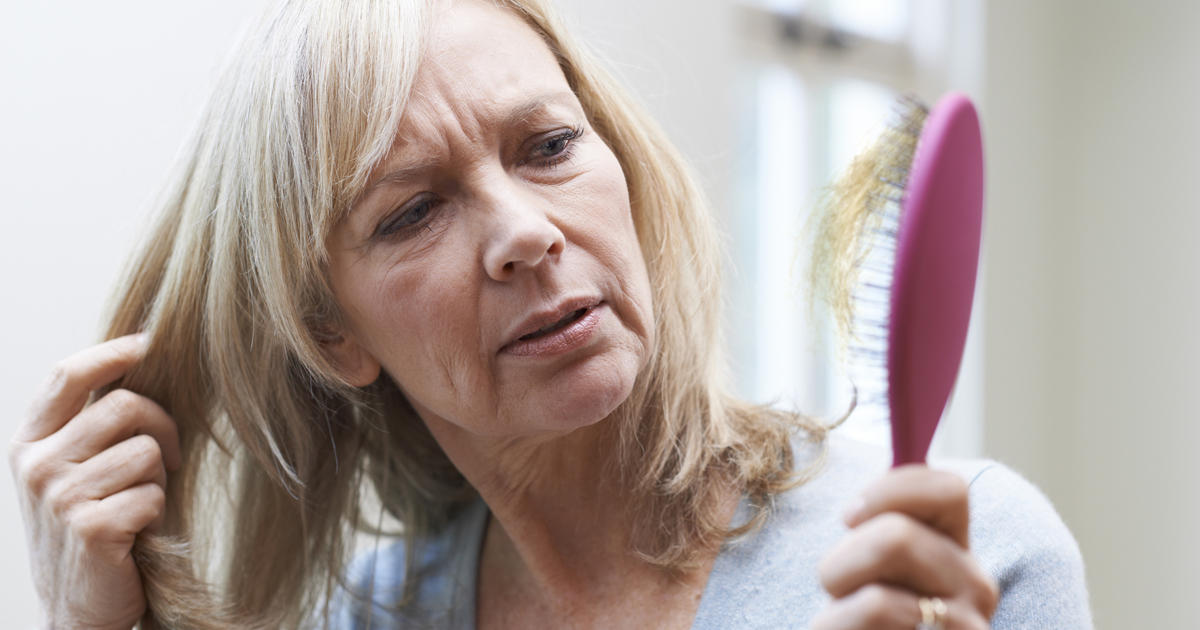Guide To Chemotherapy Side Effects
Chemotherapy is a type of therapy that utilizes specific types of drugs to treat malignancies and some other severe diseases. Chemotherapy drugs are effective at treating cancer because they target and destroy all cells in the body in the process of cell division. Because malignant cells divide and multiply rapidly, the mechanism of killing all cells in the division process is successful for the elimination of cancerous cells. However, chemotherapy drugs are unable to discern healthy cells in cell division from malignant cells in the cell division process. This pitfall means healthy cells throughout the body, including those in the bone marrow, stomach, hair, mouth, skin, and reproductive organs, are also eliminated if they happen to be in the process of cell division. The harsh side effects known to occur with chemotherapy are the result of the chemotherapy drugs damaging healthy cells and tissues in the body.
Get familiar with these side effects now.
Nausea And Vomiting

A patient undergoing chemotherapy may experience nausea and vomiting as an adverse side effect. Nausea is the unpleasant sensation of needing to vomit, whereas vomiting is the mechanical expulsion of food from the stomach out of the mouth. The part of the brain that controls vomiting is called the vomiting center. Numerous mechanisms can trigger an individual's vomiting center, which can make them feel nauseous and or vomit. Certain drugs that make it into an individual's blood can trigger a part of the brain called the chemoreceptor trigger zone. Chemotherapy agents used to treat an individual's cancer can cause the activation of their chemoreceptor trigger zone when they enter the bloodstream. Other mechanisms are thought to be involved with nausea and vomiting that comes along with chemotherapy, such as anticipatory nausea and vomiting that occurs after three or four treatments. Acute vomiting occurs within twenty-four hours of the individual beginning chemotherapy, and delayed vomiting occurs anytime following the first twenty-four hours.
Keep reading to uncover more side effects of chemotherapy now.
Hair Loss

It is common for an individual to experience hair loss as an unwanted side effect when they undergo chemotherapy. We know chemotherapy uses drugs that target and kill all cells in the body undergoing the process of cell division. This method is effective at treating cancer because cancerous cells are almost always in a state of rapid cell division. Chemotherapy drugs cannot distinguish a dividing healthy cell from a dividing cancerous cell. The hair on the scalp and body comes from skin structures with small blood vessels. In healthy individuals, the hair on the scalp grows around half an inch every month. This rapid growth occurs because an individual's hair follicles are some of the fastest dividing cells in their body. Fair follicles go through the cell division process every twenty-three to seventy-two hours. This rapid division means the cells that make up the hair follicles are almost always in the cell division process, and will be affected in a similar way to how cancerous cells in the body are affected. Chemotherapy detects cell division in the hair cells and destroys them. This mechanism causes a patient's hair to fall out. The extent of hair loss is determined by the dosage and frequency of chemotherapy in a patient.
Discover additional chemotherapy side effects now.
